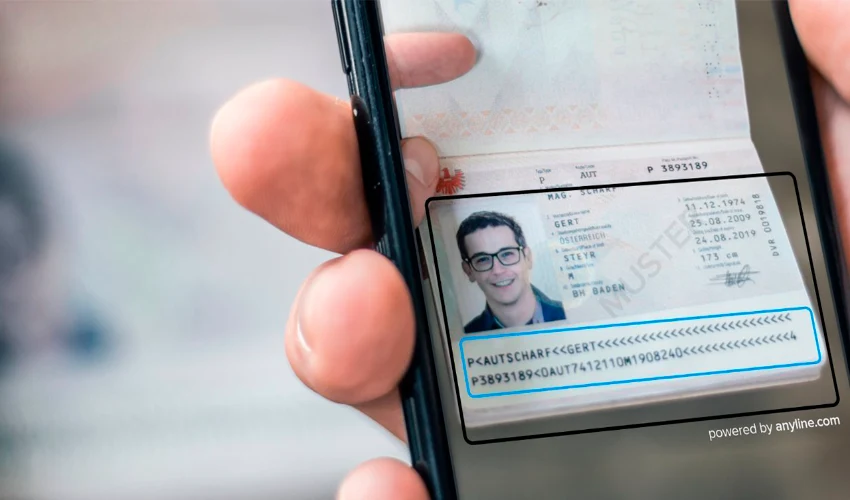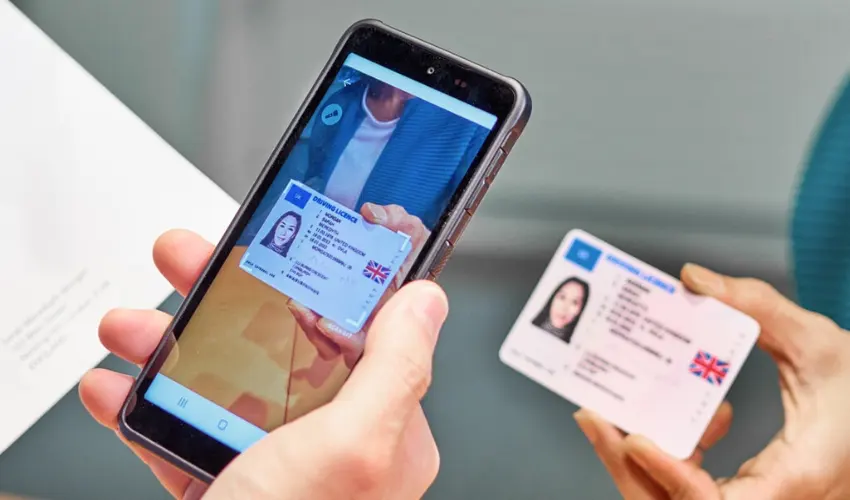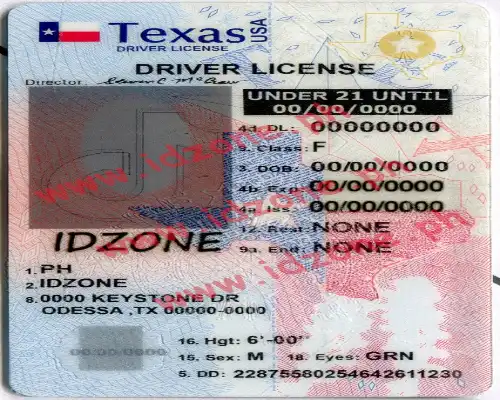In today’s digital world, the proliferation of fake IDs has become a significant challenge for businesses, law enforcement, and security personnel. With advancements in technology, counterfeit identification documents have become increasingly sophisticated, making it difficult to differentiate between genuine and fraudulent IDs. However, technological innovations have also provided advanced tools and methods to detect scannable fake IDs efficiently. This article explores how technology can be leveraged to identify and prevent the use of scannable fake IDs.
The Rise of Scannable Fake IDs
Scannable ID are forged identification documents embedded with barcodes, magnetic strips, or RFID chips that appear to function like genuine IDs. These IDs can pass cursory visual inspections and, in some cases, even basic scanning procedures. However, despite their convincing appearance, advanced technology can still detect discrepancies that indicate fraud.
- Barcode and Magnetic Strip Scanners
One of the first layers of defense against fake IDs is using barcode and magnetic strip scanners. These scanners extract encoded data from the ID and compare it with the printed information. If the extracted data does not match what is visibly displayed on the card, it is a strong indication of a counterfeit ID. Many fake IDs have incorrectly encoded information or use invalid formatting, which sophisticated scanners can easily flag.
- Optical Character Recognition (OCR) Technology
OCR technology is another effective tool for detecting fake IDs. OCR systems can analyze the text, fonts, and formatting of an ID to verify its authenticity. By comparing the extracted data against official government-issued ID templates, OCR technology can highlight any irregularities in font style, spacing, or placement, which are common in counterfeit documents.
- Hologram and UV Light Detection
Many official identification documents incorporate holograms, UV prints, and other security features that are difficult to replicate. Specialized scanners equipped with UV and infrared light can reveal hidden elements embedded within legitimate IDs. Fake IDs often lack these security elements or display poorly replicated versions, which can be detected under specialized lighting conditions.
- Machine Learning and Artificial Intelligence (AI)
AI-powered systems have revolutionized ID verification by analyzing vast amounts of data to identify patterns and irregularities. Machine learning algorithms can assess ID images, scan results, and historical data to detect anomalies that indicate fraudulent activity. These systems continuously improve their detection accuracy over time as they are exposed to more data, making them an essential tool in preventing the use of fake IDs.
- Database Verification Systems
Businesses and law enforcement agencies can utilize database verification systems to cross-check ID information against government or industry databases. These systems verify details such as name, date of birth, and document number to ensure they match official records. If an ID does not exist in the database or contains inconsistencies, it is likely fraudulent. Cloud-based verification services further enhance security by providing real-time updates and data validation.
- Biometric Authentication
Biometric technology, including facial recognition, fingerprint scanning, and retina scanning, provides a highly secure method for ID verification. Many modern ID verification systems incorporate facial recognition technology to match the photo on an ID with a real-time image of the individual presenting it. This method prevents the use of stolen or borrowed legitimate IDs by ensuring that the document matches the person carrying it.
- Mobile ID Verification Apps
With the rise of smartphone technology, mobile verification apps have become a popular tool for detecting fake IDs. These apps allow users to scan barcodes, capture images, and verify security features instantly. Many mobile verification apps are integrated with AI, machine learning, and database verification services to provide comprehensive ID authentication.
- Blockchain-Based Identity Verification
Blockchain technology is emerging as a promising solution for identity verification. A blockchain-based system creates a tamper-proof digital record of an individual’s identity, making it nearly impossible to forge. Businesses and government agencies can utilize blockchain networks to validate identity documents securely, reducing the risk of fraudulent IDs.
- Multi-Layered Security Approaches
Relying on a single method to detect scannable fake idzone may not always be sufficient. A combination of technologies, such as barcode scanning, OCR, biometric authentication, and database verification, provides a more robust defense against counterfeit identification. Implementing multi-layered security measures ensures higher accuracy and minimizes the chances of fraudulent IDs going undetected.
Conclusion
As fake ID technology advances, so do the tools designed to combat it. Businesses, security professionals, and law enforcement agencies must leverage the latest technology, including barcode scanners, OCR, AI, biometric authentication, and blockchain, to effectively detect scannable fake IDs. By integrating multiple verification methods and staying up to date with emerging security technologies, organizations can significantly reduce the risks associated with fake IDs and enhance overall security. Investing in modern ID verification systems is not only a necessity but a proactive step toward maintaining trust and compliance in today’s digital age.





